
Onuchic wins top Biophysical Society honor
José Onuchic wins the 2023 Founders Award presented by the Biophysical Society.

Onuchic wins top Biophysical Society honor
José Onuchic wins the 2023 Founders Award presented by the Biophysical Society.
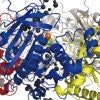
Rice models moving ‘washers’ that help DNA replicate
Rice researchers model a key mechanism by which DNA replicates. The study could help identify new targets to treat disease.
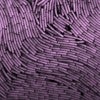
Rice bioengineers are shining light on bacterial stress
Rice bioengineers are ready to shine a lot of light on bacteria’s genetic response to stress.

Rice chemists skew the odds to prevent cancer
A theoretical framework by Rice University scientists shows how to increase the odds of identifying cancer-causing mutations before tumors take hold. They demonstrate that only a few energetically favorable pathways are likely to lead to cancer.
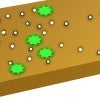
Migrating holes help catalysts be productive
A theoretical model suggests electron holes that propagate at active sites on a catalyst migrate, triggering other sites that continue the process.
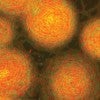
Swirling bacteria mimic Van Gogh’s ‘The Starry Night’
Scientists discovered a way to transform millions of predatory bacteria into swirling flash mobs reminiscent of painter Vincent Van Gogh’s “The Starry Night” as the unexpected result of experiments on a genetic circuit the creatures use to discern friend from foe.

Prions may channel RNA’s messages
Prions, aggregates implicated in neurological diseases, may also have an important function in helping regulate the transcription of messenger RNA in memory formation.
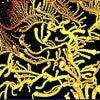
NSF extends Physics of Living Systems network at Rice
The NSF awards nearly $3 million to the Center for Theoretical Biological Physics to continue its leadership role in the Physics of Living Systems graduate research network.
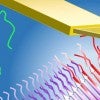
Docking peptides, slow to lock, open possible path to treat Alzheimer’s
Researchers have identified a possible “Achilles’ heel” in the frustration of amyloid beta peptides as they dock to the fibrils that form plaques in patients with Alzheimer’s disease.
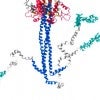
Sim shows how COVID virus infects cells
A simulation shows the complicated mechanism by which the SARS-CoV-2 virus may infect cells, leading to COVID-19.
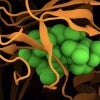
Rice, Rutgers developing inhalable COVID-19 vaccine spray
Scientists at Rice and Rutgers developing two COVID-19 vaccine strategies that do not require cold storage, one of which can be inhaled.

Biologists construct a ‘periodic table’ for cell nuclei
A team of biologists studying the tree of life has unveiled a new classification system for cell nuclei, and discovered a method for transmuting one type of cell nucleus into another.
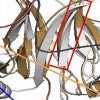
Cancer ‘guardian’ breaks bad with one switch
A mutation that replaces a single amino acid in a potent tumor-suppressing protein makes it prone to nucleating amyloid fibrils implicated in many cancers as well as neurological diseases.
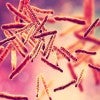
Study could explain tuberculosis bacteria paradox
Tuberculosis bacteria have evolved to remember stressful encounters and react quickly to future stress, according to a study by computational bioengineers at Rice University and infectious disease experts at Rutgers New Jersey Medical School.

Study shows why anesthetic stops cell’s walkers in their tracks
Researchers detail the mechanism that allows propofol, a common anesthetic, to halt the movement of kinesin proteins that deliver cargoes to the far reaches of cells.